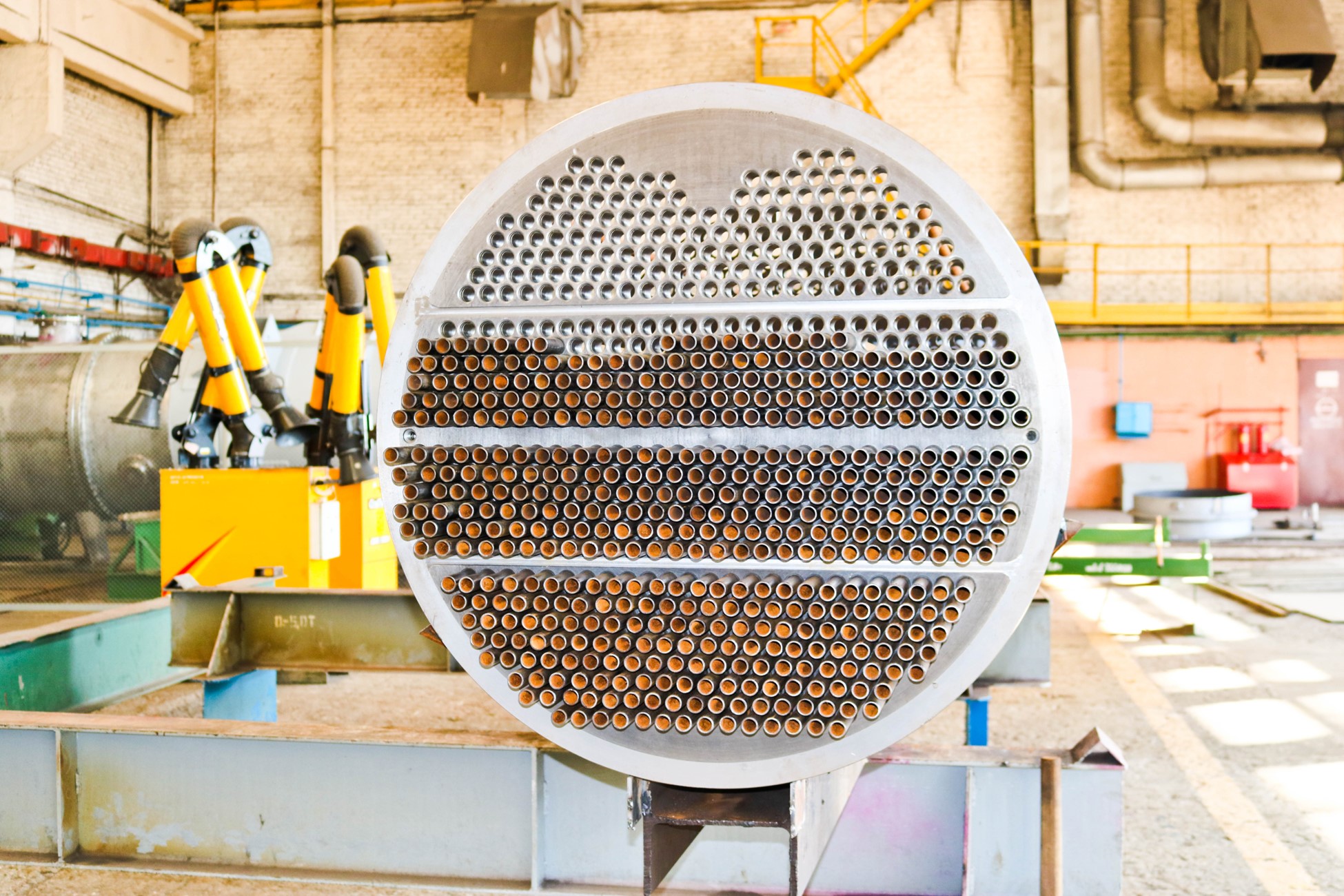Facilitating efficient thermal energy transfer between fluids, heat exchangers are essential components in various industrial applications. Industries such as power generation, chemical processing, oil refining, HVAC (heating, ventilation, and air conditioning), and food processing rely heavily on heat exchangers to enhance energy efficiency. By recovering waste heat, these devices help reduce operational costs and improve overall system performance.
In power plants, for example, heat exchangers transfer heat from combustion gases to water, generating steam that drives turbines. In chemical plants, they play a crucial role in controlling reaction temperatures, ensuring both safety and optimized performance. With designs like shell-and-tube, plate, and air-cooled exchangers, heat exchangers can accommodate various temperatures, pressures, and fluid types, making them indispensable for sustainable industrial operations.
By Robert McIlvaine, President and Founder – The McIlvaine Company
The Use of Stainless Steel in Heat Exchangers
Stainless steel is a preferred material for heat exchangers due to its exceptional properties, including corrosion resistance, durability, and thermal conductivity. Its adaptability makes it suitable for various heat exchanger types, each serving distinct industrial applications.
Shell-and-Tube Heat Exchangers often utilize stainless steel for tubes, shells, and baffles. These exchangers are widely employed in industries such as chemical processing, power generation, and oil refining because of their ability to handle high pressures and temperatures. The corrosion resistance of stainless steel is crucial when dealing with aggressive chemicals and high-salinity environments, such as those found in marine cooling systems. Additionally, its smooth surface minimizes fouling, enhancing efficiency and reducing maintenance costs.

Plate Heat Exchangers consist of thin, corrugated stainless steel plates stacked together, allowing fluid flow between alternating channels. The excellent thermal conductivity of stainless steel ensures efficient heat transfer, while its corrosion resistance makes it ideal for aggressive fluids like acids and seawater. These compact exchangers are commonly used in food processing, pharmaceuticals, and HVAC systems, where the hygienic nature of stainless steel meets stringent sanitary requirements.
Air-Cooled Heat Exchangers utilize stainless steel for fins and tubes, dissipating heat into the surrounding air in industries like petrochemical and gas processing. The high strength-to- weight ratio of stainless steel ensures structural integrity under extreme conditions, such as high temperatures and fluctuating pressures. Its oxidation resistance allows for prolonged exposure to high-temperature air without degradation.

Double Pipe Heat Exchangers use concentric stainless-steel pipes to transfer heat between fluids. Commonly found in small-scale operations or applications requiring high-temperature fluids, stainless steel’s mechanical strength and high resistance to thermal expansion make it an excellent choice for maintaining thermal efficiency over time.
Spiral Heat Exchangers employ stainless steel plates wound into a spiral shape, facilitating efficient heat transfer in compact spaces. These exchangers are highly effective in handling viscous fluids and slurries, making them suitable for wastewater treatment and the pulp and paper industries. The anti-corrosive properties of stainless steel are critical in applications where fluids may contain contaminants.
Conclusion
The versatility of stainless steel makes it indispensable for all types of heat exchangers. Its ability to withstand corrosion, high temperatures, and pressure ensures long-term performance and reliability. Whether in large-scale industrial operations or compact systems, stainless steel contributes to energy efficiency, reduced maintenance, and improved sustainability, solidifying its role as a cornerstone material in heat exchanger design.

